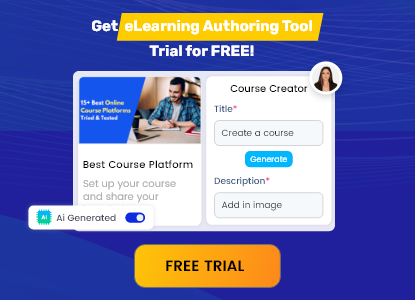Creating effective eLearning content requires a well-structured approach, and one of the most crucial steps in this process is storyboarding. Storyboarding helps instructional designers visualize the flow of content, organize ideas, and ensure that learning objectives are met. To streamline this process, various storyboarding software and tools have been developed, offering features that enhance productivity and creativity.
What is Instructional Design Storyboarding?
Top Tools for Instructional Design Storyboarding
1. Cognispark AI
Cognispark AI is an easy-to-use eLearning authoring tool that helps create course storyboards using AI. It simplifies the instructional design process by organizing content in a structured way. Users can add visuals, voiceovers, and interactive elements to make learning more engaging. With a user-friendly interface, it allows quick edits and easy exports in PDF or DOC formats. Its AI-powered features save time and make course creation faster and more efficient, making it a great choice for educators and training professionals.
2. Microsoft PowerPoint
Microsoft PowerPoint is a versatile tool commonly used for storyboarding due to its familiar interface and ease of use. It features a slide-based format ideal for sequential content, supports multimedia integration, and offers customizable templates. PowerPoint’s easy sharing and exporting options make it a cost-effective solution for beginners and instructional designers seeking simplicity.
3. Google Slides
4. Miro
5. Canva
Final Thoughts
Investing in the right storyboarding software and tools can significantly enhance your instructional design workflow. Whether you’re a solo designer or part of a large team, the right tools will help you create engaging, effective, and well-structured eLearning content.























